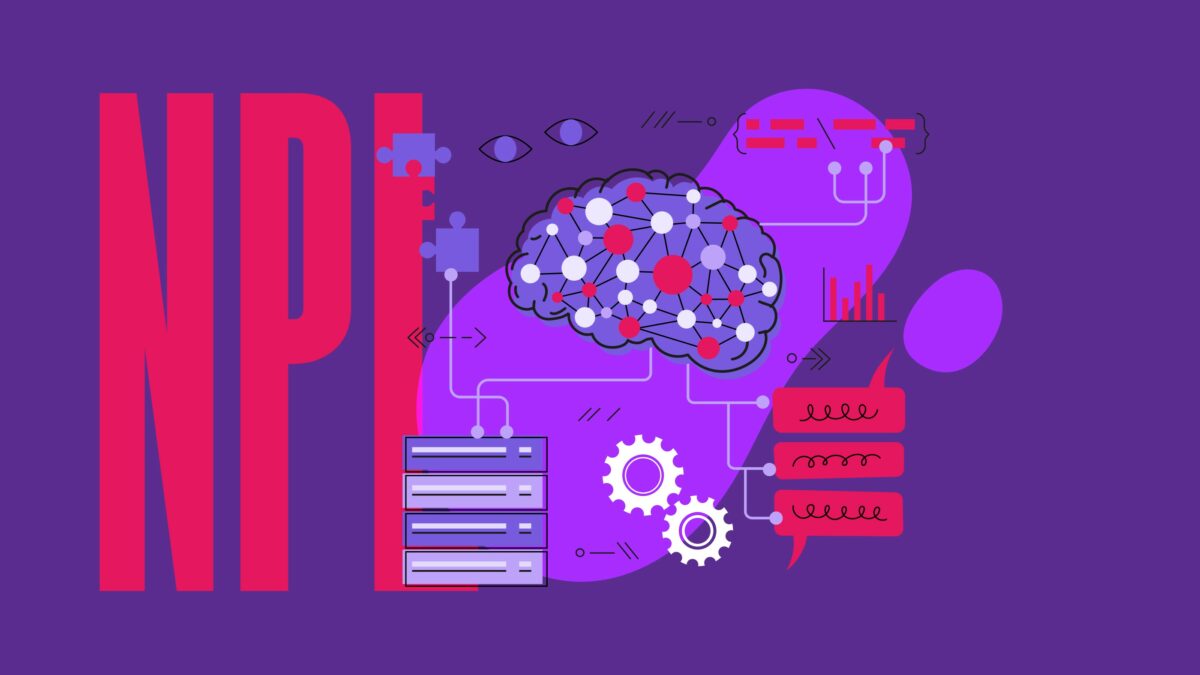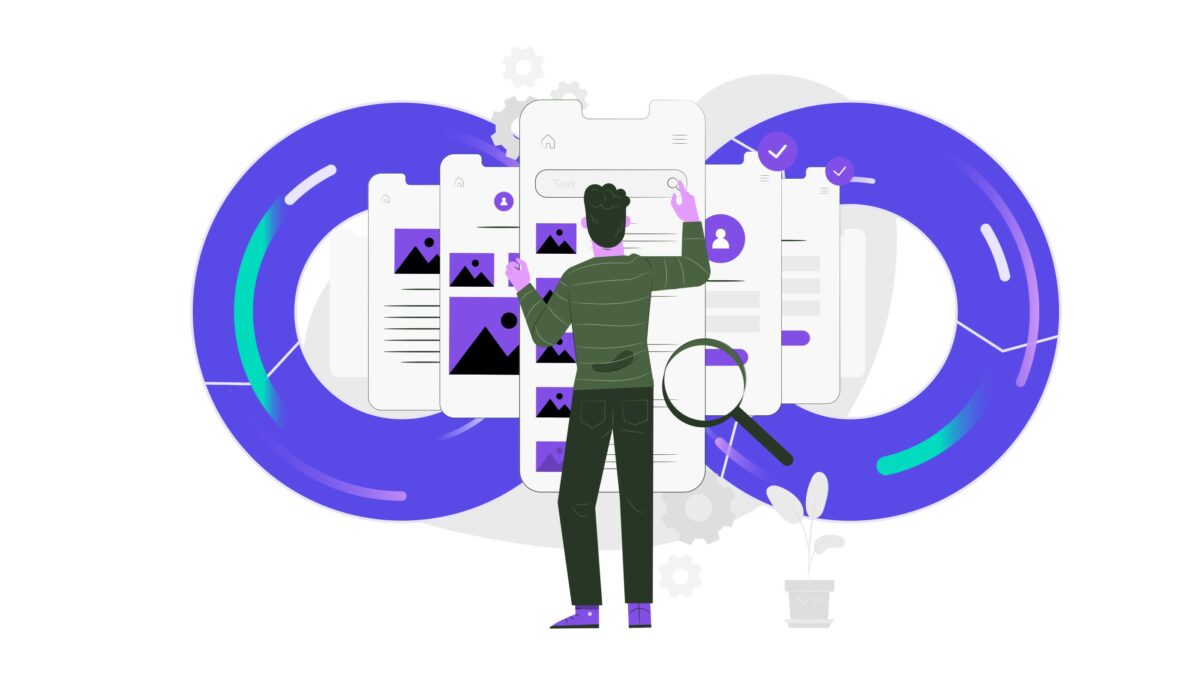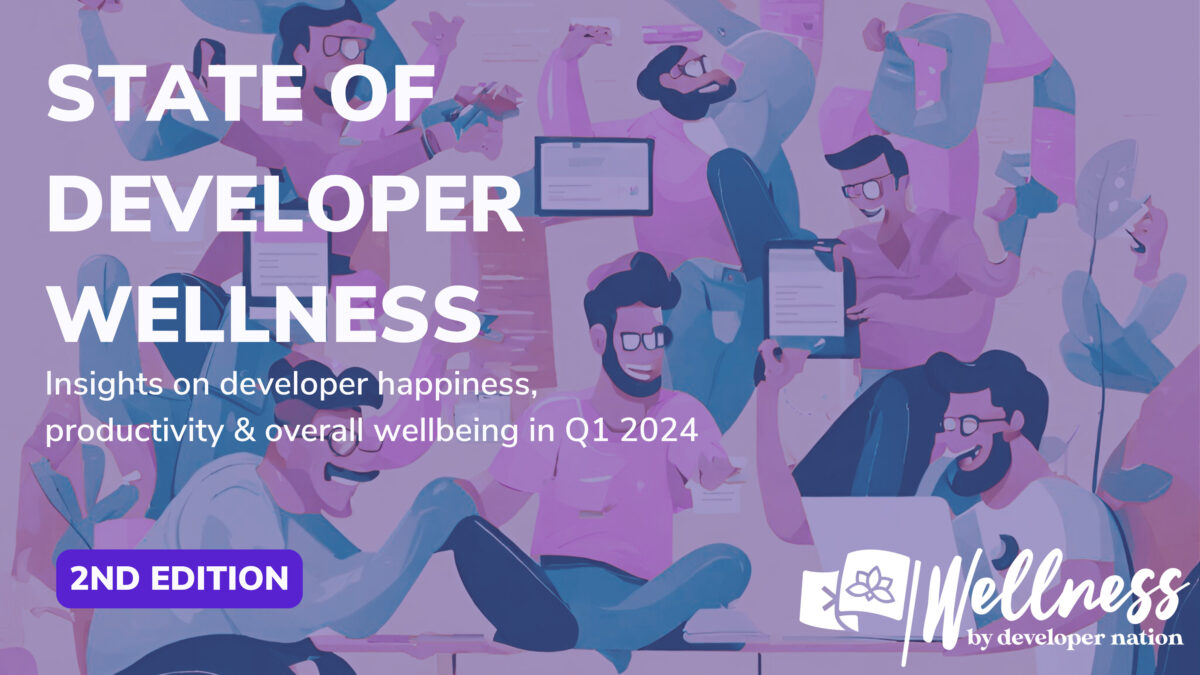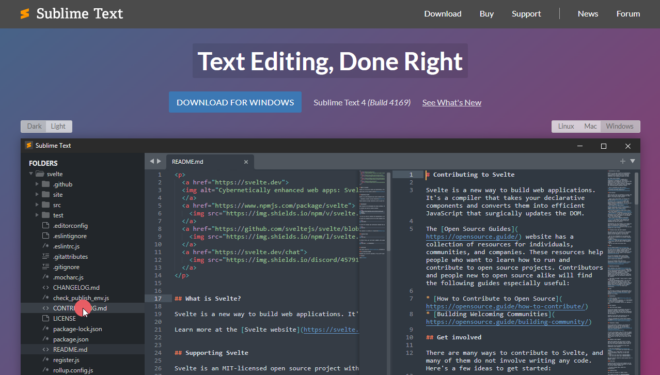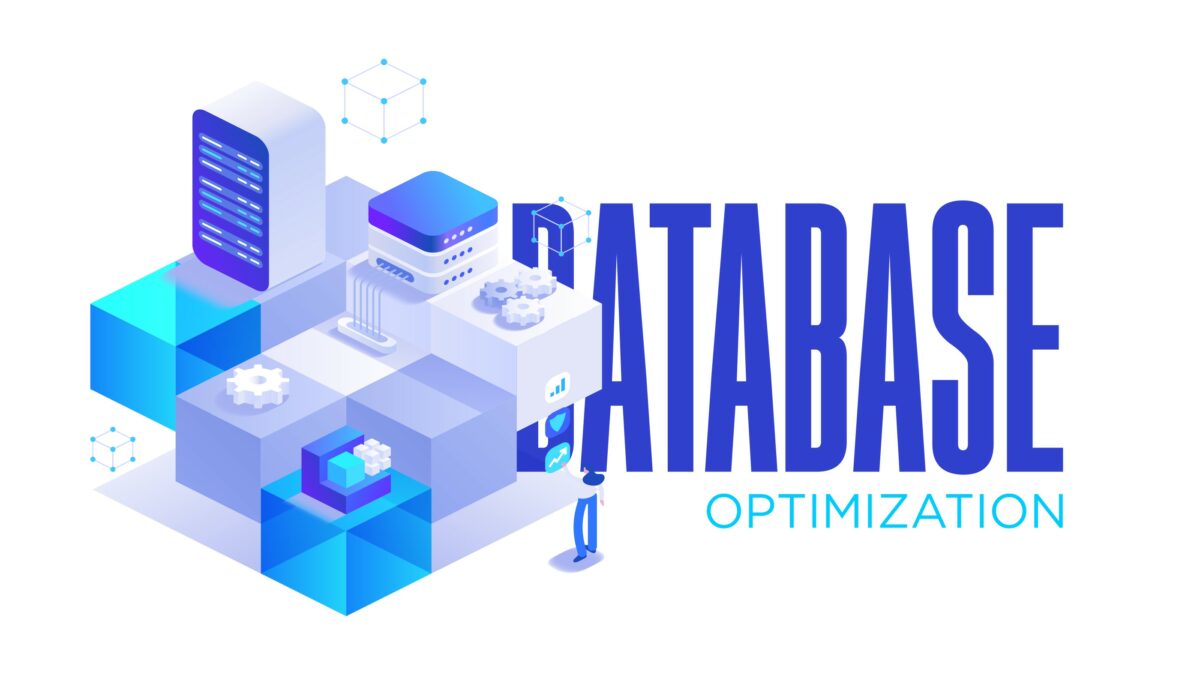NLP is quickly reshaping our interactions with both machines and each other. And as AI-powered solutions and services become more integrated into our daily lives, NLP’s role in improving human-computer interactions is becoming more and more important. We can expect its influence to expand even further in the upcoming years. According to Fortune Business Insights, the North American NLP market is projected to grow from US$29.71 billion in 2024 to US$158.04 billion by 2032.
In this article, you will learn about what NLP is, its techniques, and its benefits to consumers and businesses. You will also discover essential NLP skills that will help you start your path in this field.
Discovering Natural Language Processing
Natural language processing (NLP) is a part of the artificial intelligence realm that helps computers understand and interpret human language. It uses machine learning technologies to analyse, decode and generate words and phrases, aiming to figure out what users mean or how they feel.
Thanks to advancements in machine learning techniques like neural networks and other AI-powered solutions that can process big data sets, NLP has gotten much better over the last 10 years. These advancements have helped scientists make more accurate models that can even identify different expressions, emotions and hidden intentions in conversations.
NLP technology also makes it easier for developers to create complex tools like chatbots or voice-activated assistants that interact with people using this technology.
Natural Language Processing Applications
Human language is full of intricacies that make it incredibly challenging to develop software that can precisely interpret the intended meaning of text or spoken data. Issues such as homonyms, homophones, sarcasm, idioms, metaphors, and irregular grammar and sentence structures are just a few examples.
Humans have years to master these complexities, but developers must ensure that natural language-driven applications can recognise and understand these from the beginning to be effective.
Several NLP tasks dissect human text and spoken data in ways that allow computers to comprehend what they are processing. Some of these tasks include:
- Speech recognition, also known as speech-to-text, involves converting spoken data into written text reliably. This capability is needed for any application that responds to voice commands or answers spoken questions. The challenge in speech recognition comes from how people speak—often quickly, merging words, with different stresses and tones, in various accents, and sometimes using improper grammar.
- Part of speech tagging, or grammatical tagging, involves identifying the role of a word in a sentence based on its usage and context. For example, it categorises ‘make’ as a verb in ‘I can make a dinner,’ and as a noun in ‘What make of car do you have?’
- Word-sense disambiguation chooses the appropriate meaning of a word that has several meanings through semantic analysis to find the most sensible word in context. For instance, it helps clarify whether ‘make’ means ‘pass’ in ‘make the deadline’ and ‘compose’ in ‘make a song.’
- Named entity recognition, or NER, tags words or phrases as relevant entities. For example, NER marks ‘California’ as a location or ‘Tom’ as a person’s name.
- Co-reference resolution identifies whether and when two words refer to the same entity. A common task is to figure out the person or object a pronoun points to (e.g., ‘she’ = ‘Helen’), but it can also detect when a word like ‘parrot’ refers not to the animal but to a colourfully dressed person.
- Sentiment analysis works to pull out subjective elements like attitudes, emotions, and tones from the text. For example, AI solutions in the insurance industry use this technique to detect fraudulent claims and analyse text data for inconsistencies, patterns, and anomalies.
- Natural language generation is often seen as the reverse of speech recognition; it involves converting structured information back into human language.
Benefits of Using NLP in Artificial Intelligence
Before NLP technology was developed, people used programming languages or code to communicate with computers. Now, the process is easier. NLP allows computers to understand both written and spoken human language, which helps improve how we interact with them.
The key benefits of NLP include:
- Summarising long documents
- Improving the accuracy of data input
- Enabling voice assistants like Alexa or Siri to respond to voice commands
- Detecting emotions in customers’ comments and messages to better the user experience
- Increasing efficiency by automating tasks, such as using chatbots for customer service;
- Conducting complex analytics that were previously unmanageable because of data volume
Essential Skills for NLP Engineers
To start your journey in the realm of NLP, here are the important skills required to become a natural language processing engineer.
1. Programming Skills
NLP engineers need to be proficient in durable tech skills like Python, R, and SQL programming languages. They should handle large amounts of data, write clean code, and be adept at using libraries such as Pandas, Numpy, and Scikit-learn for data manipulation and analysis.
2. Machine Learning
NLP engineers need a good understanding of machine learning, including its benefits, algorithms, and methods. They should know how to tune hyperparameters to improve performance, train and evaluate models, and choose the right algorithms for different problems.
3. Data Visualisation
NLP engineers need to effectively communicate insights through data visualisation. They should create visualisations that present complex data and be proficient with visualisation libraries like Matplotlib and Seaborn. Familiarity with dashboarding tools such as Tableau or Qlikview is a valuable addition.
4. Data Engineering
Knowledge of data warehousing, ETL processes, and database design is important for NLP engineers. They should manage large data volumes and optimise data storage and retrieval.
5. Deep Learning
Deep learning is increasingly important in NLP. You should know how to use deep learning frameworks like TensorFlow and PyTorch and be able to design and train neural network models for tasks like language modelling, machine translation, and speech recognition.
6. Domain Expertise
Understanding specific domains, such as financial jargon or medical terminology, is often necessary for NLP tasks. You should collaborate with domain experts to understand the context and develop NLP solutions tailored to specific fields.
Conclusion
Summing up, natural language processing is a key technology in the artificial intelligence domain, as it allows machines to comprehend, interpret, and create human language. NLP has various uses in information technology, including powering chatbots and virtual assistants, summarising text, translating languages, and analysing sentiments. Ongoing improvements in NLP methods and models are setting the stage for smarter and more advanced AI systems that can engage with humans more naturally and significantly.
